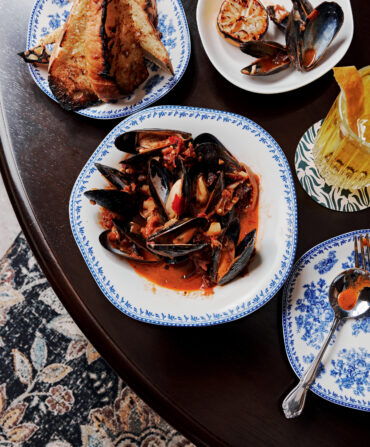For an aspiring chef, a food allergy can be tough to take. But Mat Clouser, executive chef at Swift’s Attic in Austin, Texas, credits his childhood allergy to oranges with the discovery of one of his favorite ingredients: the satsuma, an orange-like fruit imported to the South from Japan. “It was a fruit that I could eat that wasn’t too far away from what the other kids got to have,” Clouser says. “And because satsumas are seedless, it was actually a bit of an advantage.” Now, each year, Clouser waits anxiously for satsumas to come into season. The Owari is the most common variety and peaks in December, growing especially well in parts of Alabama, Florida, Texas, and Louisiana—there are actually towns named Satsuma in all four states—and popping up in produce aisles throughout the South. Expect flavor that’s sweet like an orange, but even more floral and fragrant, with a slight tang reminiscent of a lime or a grapefruit. “I love them for their complex and delicate nature,” Clouser says. “They’ve got a ton going on, a lot more than a standard orange.” The chef especially loves to use the fruit’s juice in vinaigrettes and sauces, which he douses over everything from vegetables to beef to seafood. The satsuma is soft enough to juice by hand, and you can expect to get about a half cup of juice from each fruit. Of course, the segments are also delicious on their own, popped as a snack. The fruit itself has very loose skin, which makes it easy to peel but also makes the flesh prone to bruises. Avoid soft spots or signs of visible injury—and resist the urge to juggle—and your satsumas should hang tight for up to a week.
What's in Season
Fresh Satsuma
Brighten up winter plates with the sweet juice of the satsuma
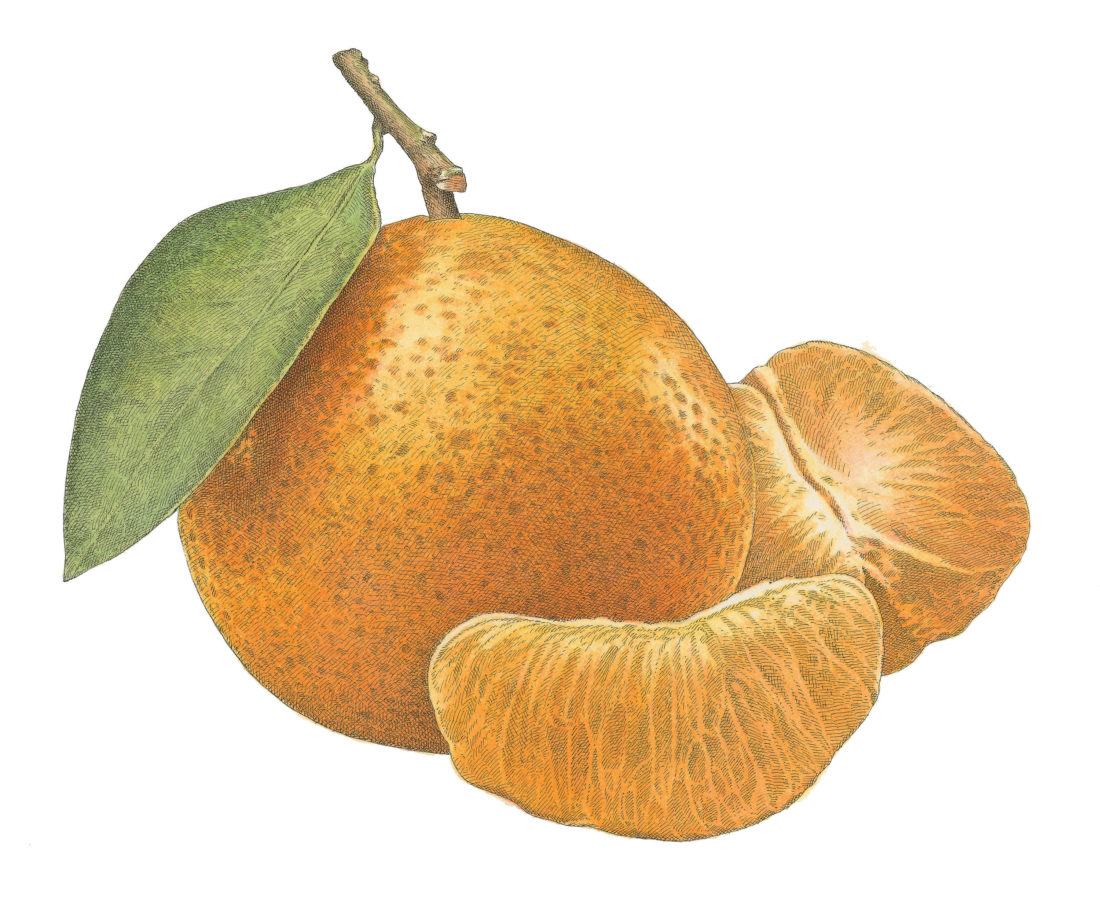
Illustration: Illustrations by John Burgoyne
Make a Vinaigrette
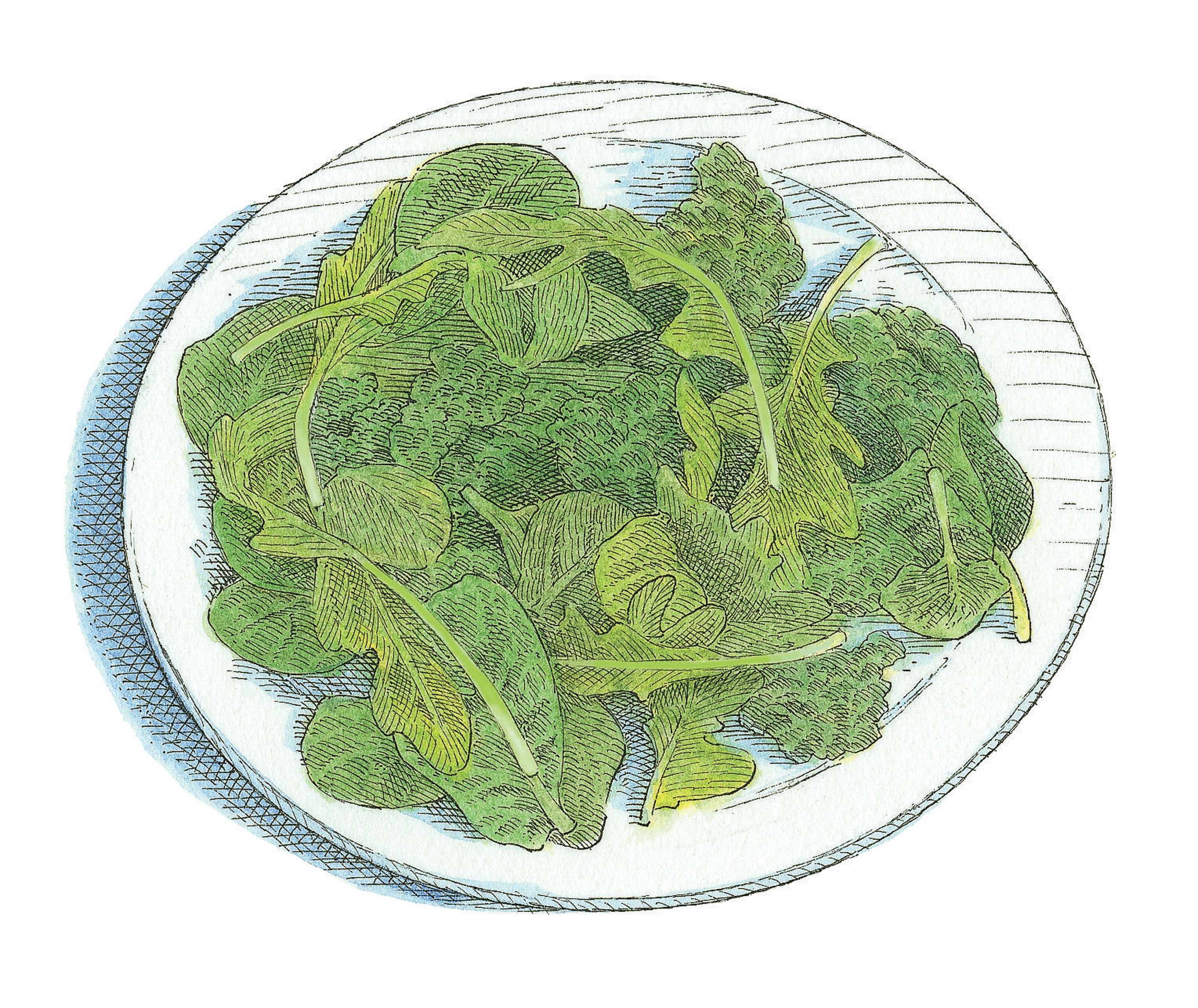
“The satsuma creates a really nice balance of sweet and tanginess in the dressing. It has a light and mellow citrus flavor, with an aromatic quality that gives just a little punch.”
Preparation:
Finely chop ¼ cup marjoram or oregano leaves. Place in a small bowl and whisk together with 4 tbsp. Dijon mustard, ¼ cup sherry vinegar, and ½ cup satsuma juice. Slowly whisk in 1 cup good olive oil and season to taste with salt and pepper. Serve over kale or tatsoi.
Freeze a Granita
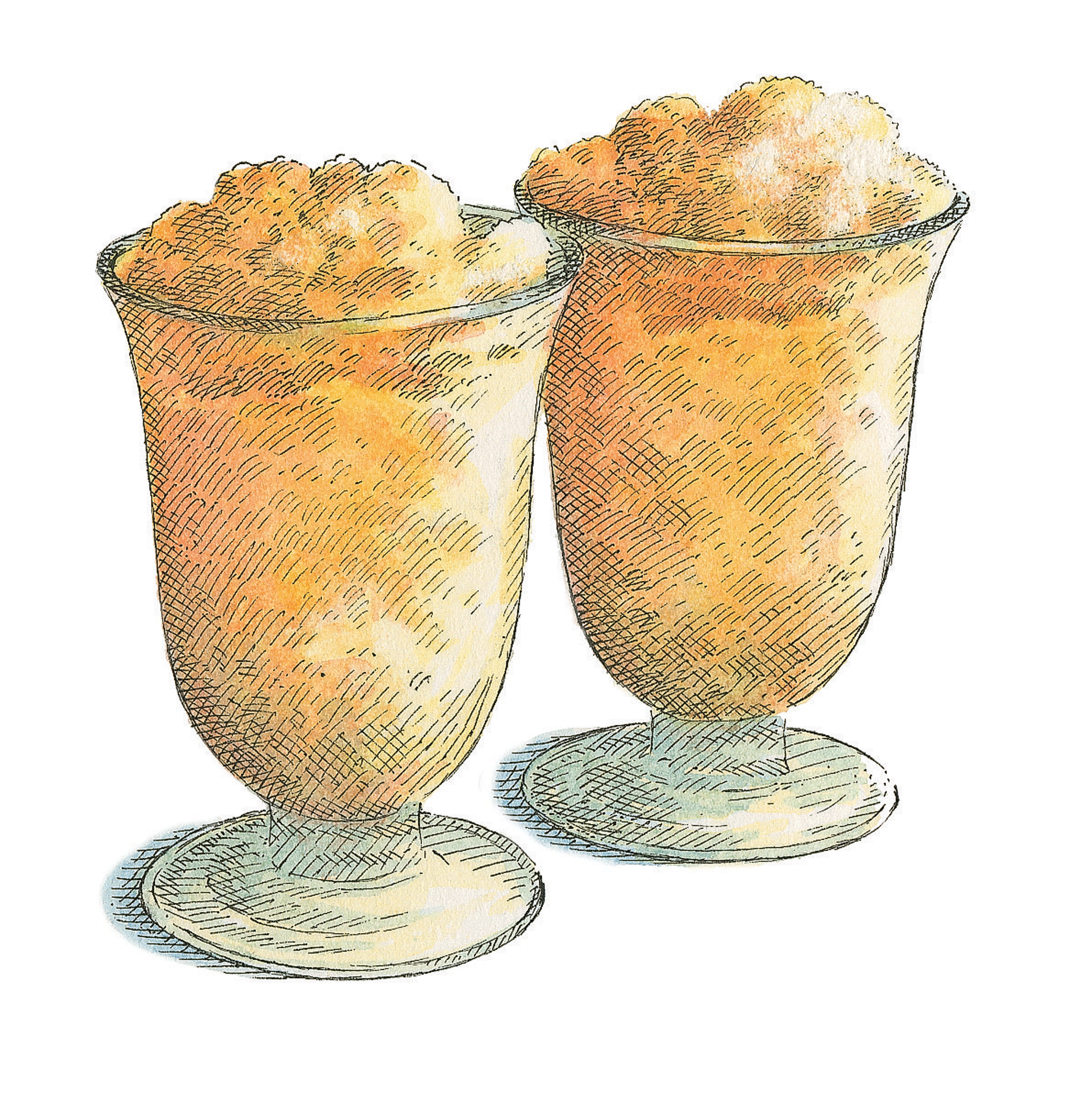
“This is an easy stand-in for sorbet. You could even freeze up a batch and add spirits for a ready-made cocktail. A splash of gin would be nice in there.”
Preparation:
In a saucepan, combine 1 cup satsuma juice, 1 cup sugar, 1 vanilla bean, and ¼ tsp. salt. Cook over medium-low heat, stirring occasionally, until sugar has dissolved. Remove from stove top, combine with 5 additional cups satsuma juice, and strain. Chill in the freezer, stirring every 15 minutes for about 2 hours, until it reaches the desired consistency.
Sauce a Steak
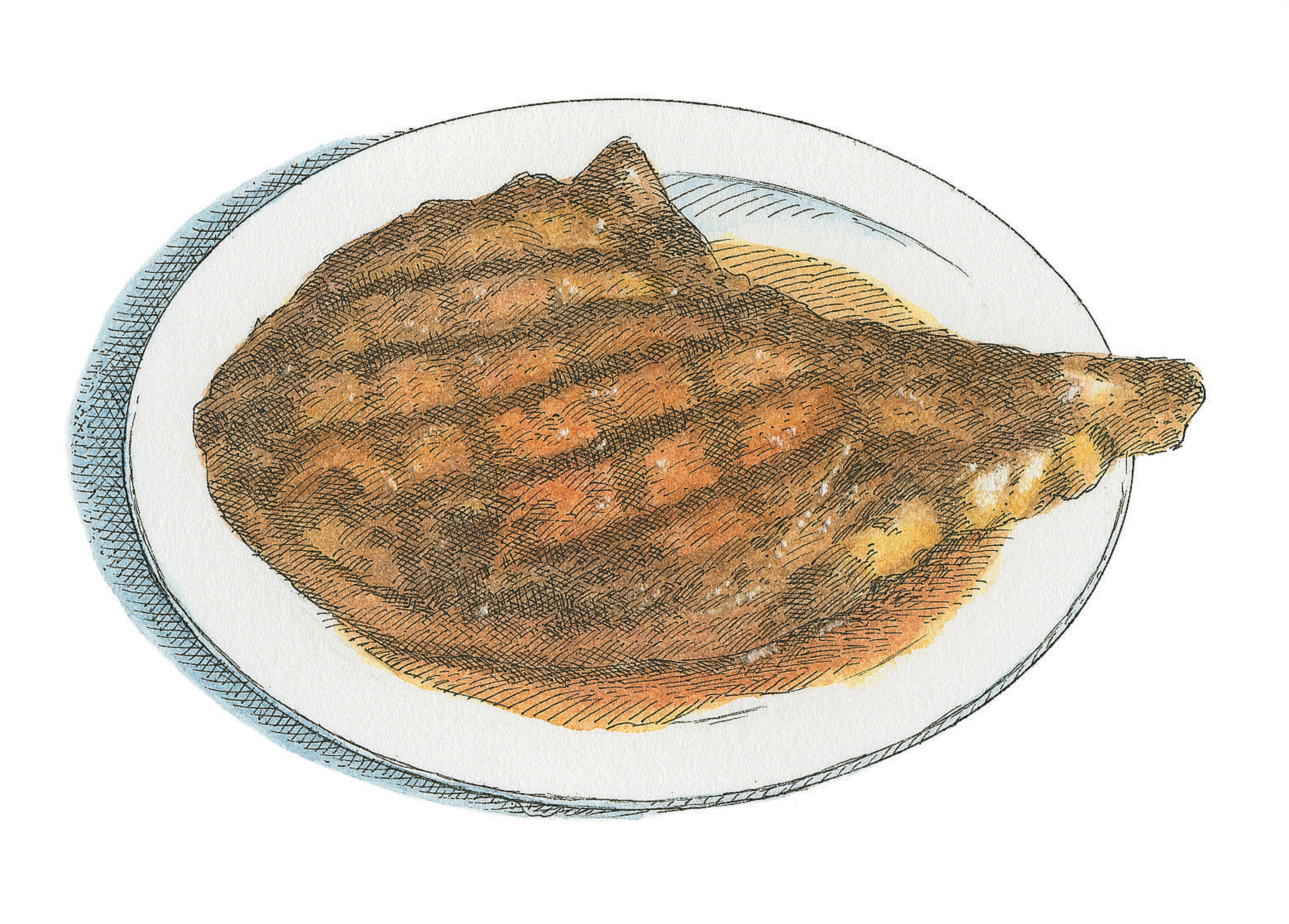
“Ponzu sauce works as a marinade or as a dipping sauce, and the satsuma in this one accentuates the good meaty qualities of the steak without getting in the way.”
Preparation:
In a medium bowl, combine 1 cup satsuma juice with ¼ cup tamari (a rich soy sauce available in most grocery stores), 1 tsp. rice wine vinegar, 1 tbsp. grated ginger, and 1 tsp. sesame oil. Whisk thoroughly. Serve with a good-quality steak, such as rib eye or New York strip.
tags:
Related Stories:
Food & Drink
Beer cheese, bourbon-glazed chicken wings, and of course, mint juleps round out our list of party-ready dishes with Bluegrass State favorites
Fork in the Road
A pair of blossoming restaurateurs bring a taste of refinement to a downtown landmark
Food & Drink
The author and restaurateur on his new bourbon-centered cookbook, Kentucky’s whiskey landscape, and why labels aren’t everything
Trending Stories:
Arts & Culture
For almost fifty years, they carried the bags of golf legends but also masterminded victories from the tees to the holes. Then, with one decision, their lives shifted, and the legacy of their glory days went unheralded. Finally, that’s changing
Food & Drink
Step aside New York and Chicago: Biloxi, Mississippi, has a secret pizza ingredient that’s ready for the spotlight
Arts & Culture
Decades later, those dainty florals still hold a powerful grip on the South



